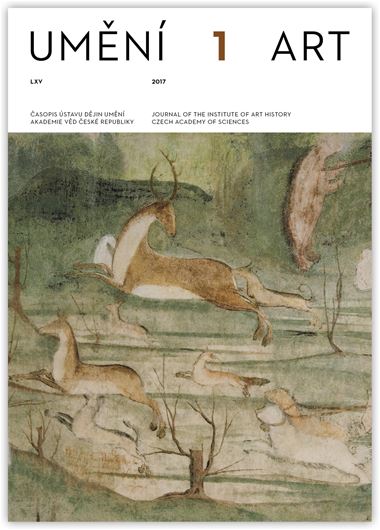Vendula Hnídková
Hlávkův most: betonový produkt generační obměny
The Hlávka Bridge: a Product in Concrete Marking a Change of Generations
pp. 37–52
The Hlávka Bridge in Prague is in many respects a revolutionary construction. In spite of what is currently the more than problematic situation of the island of Štvanice and the major highway that degrades the value of the bridge visually, incontestably it introduced many aspects of completely ground-breaking cultural importance. The designs for the Hlávka Bridge (1909–1912) were prepared in the bridge department of the Prague Building Authority where the constructor František Mencl had successfully established himself at the beginning of the 20th century. Mencl invited the architect Pavel Janák to collaborate on the architectural shape of the bridge, even though Janák had not yet worked on a project of such a size. These two (very) young creators thus replaced an older conservative generation of builders who preferred traditional, well-tried construction principles. However, the bold assignment of the technological construction to the previously untested authors brought an extraordinary result from the point of view of innovative construction, progressive style, and even low costs. The daring decision to use concrete for all parts of the bridge, including most of the statuary, was a progressive solution in terms of both construction and material. The choice of concrete not only corresponded to current trends in bridge construction but at the same time contributed to a considerable reduction of the expenses of the construction. Last but not least, the use of concrete was accompanied by a radical transformation in style at the critical time when Pavel Janák was gradually reaching a decision to replace the Modernism of Otto Wagner with the new dynamic expression we are accustomed to call Cubist architecture. Even so, not even the explicitly Cubist elements in the form of the original bridge cabins that also serve as the plinths for Štursa’s statutes are as purely Cubist as might appear at first sight.
Full-text in the Digital Library of the Czech Academy of Sciences:
https://kramerius.lib.cas.cz/uuid/uuid:ff0087b6-53dc-4893-9edc-ae06bbf3e2d8
< back

